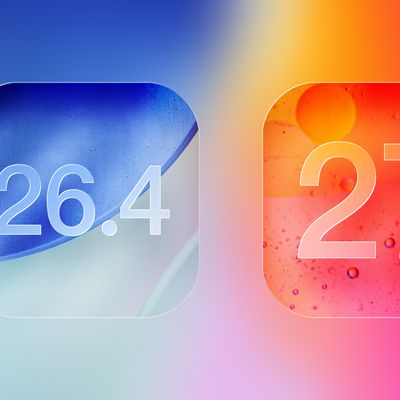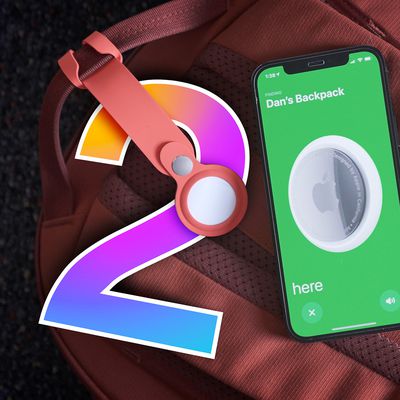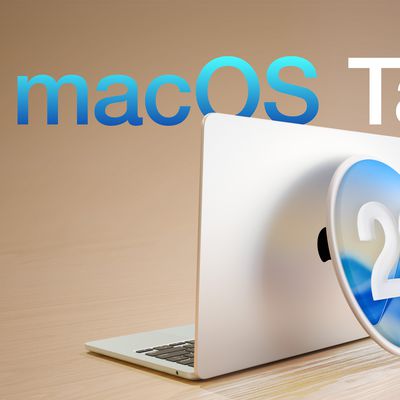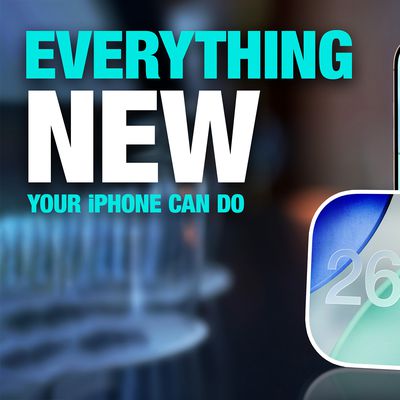Retina-Resolution Displays to Add Up to $100 to Apple's MacBook Pro Costs
With Apple's MacBook Pro line now widely rumored to be gaining ultra high-resolution "Retina" or "HiDPI" displays at next month's Worldwide Developers Conference, CNET reports that such panels are already available in the supply chain and that they carry price premiums of up to $100 over their non-Retina counterparts. But what remains to be seen is whether that price difference will be passed along to consumers or if Apple will find ways to cut costs in other areas in order to maintain its existing price points.
DisplaySearch Senior Analyst Richard Shim says that super high-resolution 13.3-inch and 15.4-inch panels that Apple would be a prime candidate to use are already available from suppliers.
"We're seeing it at 15.4 (inches)," Shim said in an interview yesterday. "You can get it."
According to Shim, a Retina 15.4-inch display at 2880x1800 resolution for a density of 220 pixels per inch (ppi) currently costs approximately $160, a $92 increase over Apple's estimated cost of $68 for the current display in the 15-inch MacBook Pro. In the smaller 13-inch MacBook Pro, a Retina display at 2560x1600 costs $134, a $65 premium over the display used in the current model.
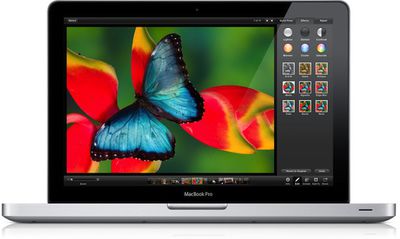
Unaddressed is the 17-inch MacBook Pro, which would require a display of 3840x2400 and undoubtedly carry an even higher price premium over the current display. It is unclear, however, whether the 17-inch MacBook Pro will be receiving the same upgrades as the rest of the family at WWDC, as most rumors so far have pointed to only 13-inch and 15-inch MacBook Pro models being in production. In addition, Apple has been rumored to be following the pattern of its transition to the unibody MacBook Pro design in moving the 17-inch model to the new form factor several months after its smaller siblings.
Shim notes that with these Retina resolution displays available in the supply chain, Apple is the most likely customer for the screens, although he has been unable to confirm what company or companies are purchasing them for use in their computers.
Also unclear is how Apple will handle the cost increase associated with the Retina displays. While some cost savings will be achievable by the removal of the optical drive, Apple will almost certainly see increased costs for storage as the MacBook Pro reportedly moves from traditional hard drives to solid-state drives. While such drives are used in the lower-priced MacBook Air models, higher-end users expected to be drawn to the MacBook Pro will likely demand higher-capacity drives at significantly greater costs. Consequently, it will be interesting to see how Apple ends up pricing the redesigned MacBook Pro given all the changes involved.
Popular Stories
Apple seeded the second iOS 26.2 Release Candidate to developers earlier this week, meaning the update will be released to the general public very soon.
Apple confirmed iOS 26.2 would be released in December, but it did not provide a specific date. We expect the update to be released by early next week.
iOS 26.2 includes a handful of new features and changes on the iPhone, such as a new...
Macworld's Filipe Espósito today revealed a handful of features that Apple is allegedly planning for iOS 26.4, iOS 27, and even iOS 28.
The report said the features are referenced within the code for a leaked internal build of iOS 26 that is not meant to be seen by the public. However, it appears that Espósito and/or his sources managed to gain access to it, providing us with a sneak peek...
Apple today released new firmware designed for the AirPods Pro 3 and the prior-generation AirPods Pro 2. The AirPods Pro 3 firmware is 8B30, up from 8B25, while the AirPods Pro 2 firmware is 8B28, up from 8B21.
There's no word on what's include in the updated firmware, but the AirPods Pro 2 and AirPods Pro 3 are getting expanded support for Live Translation in the European Union in iOS...
Apple today released iOS 26.2, the second major update to the iOS 26 operating system that came out in September, iOS 26.2 comes a little over a month after iOS 26.1 launched. iOS 26.2 is compatible with the iPhone 11 series and later, as well as the second-generation iPhone SE.
The new software can be downloaded on eligible iPhones over-the-air by going to Settings >...
Google Maps on iOS quietly gained a new feature recently that automatically recognizes where you've parked your vehicle and saves the location for you.
Announced on LinkedIn by Rio Akasaka, Google Maps' senior product manager, the new feature auto-detects your parked location even if you don't use the parking pin function, saves it for up to 48 hours, and then automatically removes it once...
The AirTag 2 will include a handful of new features that will improve tracking capabilities, according to a new report from Macworld. The site says that it was able to access an internal build of iOS 26, which includes references to multiple unreleased products.
Here's what's supposedly coming:
An improved pairing process, though no details were provided. AirTag pairing is already...
Apple today released macOS Tahoe 26.2, the second major update to the macOS Tahoe operating system that came out in September. macOS Tahoe 26.2 comes five weeks after Apple released macOS Tahoe 26.1.
Mac users can download the macOS Tahoe update by using the Software Update section of System Settings.
macOS Tahoe 26.2 includes Edge Light, a feature that illuminates your face with soft...
Apple is about to release iOS 26.2, the second major point update for iPhones since iOS 26 was rolled out in September, and there are at least 15 notable changes and improvements worth checking out. We've rounded them up below.
Apple is expected to roll out iOS 26.2 to compatible devices sometime between December 8 and December 16. When the update drops, you can check Apple's servers for the ...




